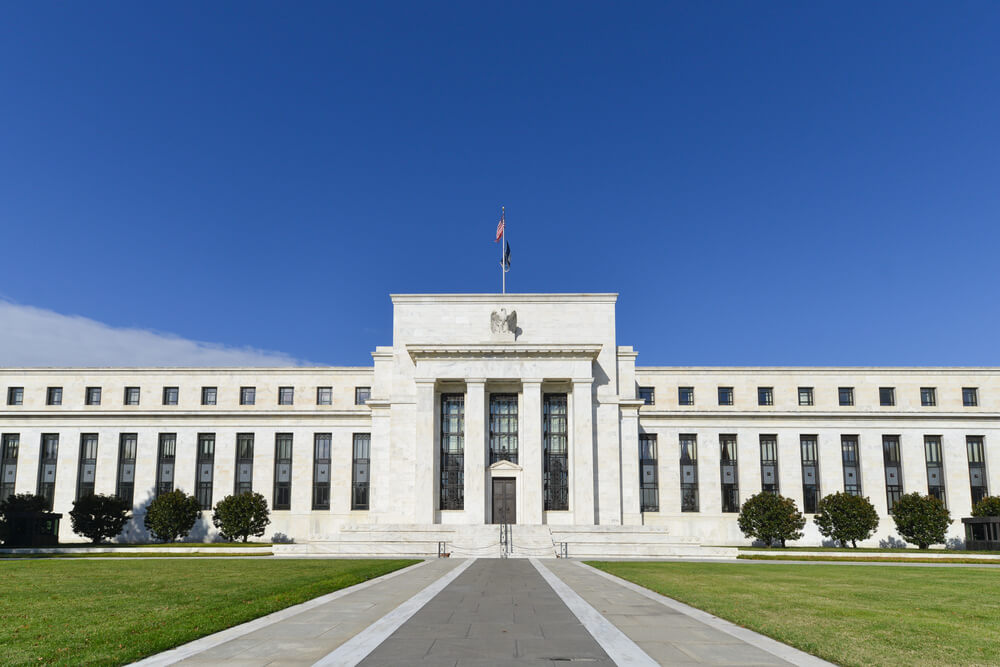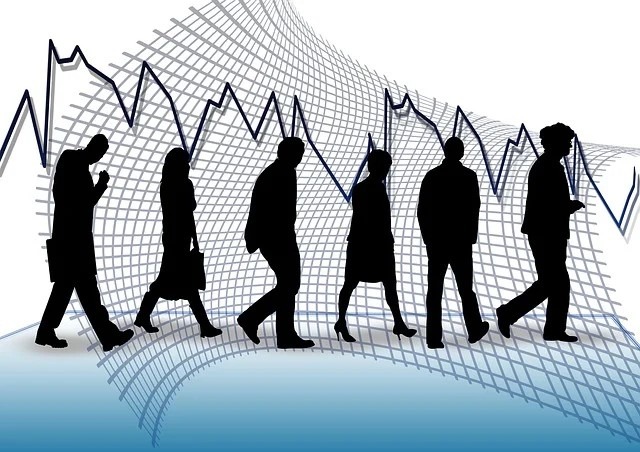President Biden is set to present his case for “Bidenomics” on Wednesday. He plans to emphasize that his policies have driven an economic recovery, surpassing global performance. The White House points to robust GDP growth and low inflation levels as evidence of the success of Bidenomics. Senior advisors Anita Dunn and Mike Donilon highlighted in a memo that the United States currently boasts the highest economic growth since the pandemic. These positive indicators are attributed to the impact of Bidenomics.
White House definitely highlights these achievements. However, it does not dismiss some less favorable figures on inflation and voters’ perception of Biden’s handling of the economy. However, a review conducted by Yahoo Finance indicates that Biden may indeed have reasons to boast. The US economic plan has been either outperforming or at least on par with comparable economies worldwide, thanks in part to Biden’s policies and lessons learned during his time as vice president.
Inflation Challenges and Voter Perception Impact on Biden’s Economic Plan
One crucial aspect of Biden’s strategy was avoiding a repeat of the perceived underwhelming response to the 2007-2008 financial crisis. Economist David Wilcox notes that Biden’s administration erred on the side of implementing large-scale measures to stimulate short-run economic growth, a departure from the cautious approach in the past. Trillions of dollars were injected into the economy through bills passed in Congress, shaping the country’s economic trajectory.
Threats to long-run economic growth, including the possibility of a recession, have not materialized as anticipated. Despite higher borrowing costs due to the Federal Reserve’s interest rate hikes, consumer spending and employment rates remain stable. Gas prices have decreased, and grocery prices have stabilized, providing Americans with more purchasing power. This resilience has led some economists to believe that the US economy might achieve a “soft landing” rather than a full-blown recession.
Resilience and Potential: The Prospect of a Soft Landing for the US Economy
Analysts point to two trends that contribute to this outcome. The first is the concept of a “rolling recession,” wherein certain sectors experience contraction while the overall economic well-being remains afloat. Sectors such as housing, manufacturing, and technology have faced challenges. However, other industries, such as travel and entertainment, have picked up the slack. The second trend is the idea of a “recession,” where major job cuts predominantly affect higher-paying industries, sparing the overall economy from significant damage.
Nonetheless, risks persist, with the Federal Reserve likely to continue raising rates, potentially leading to a full-blown recession. However, if the US economic plan achieves a soft landing, the rolling sectoral recessions and the resilience of specific sectors like education, government, and healthcare will likely play a significant role.













